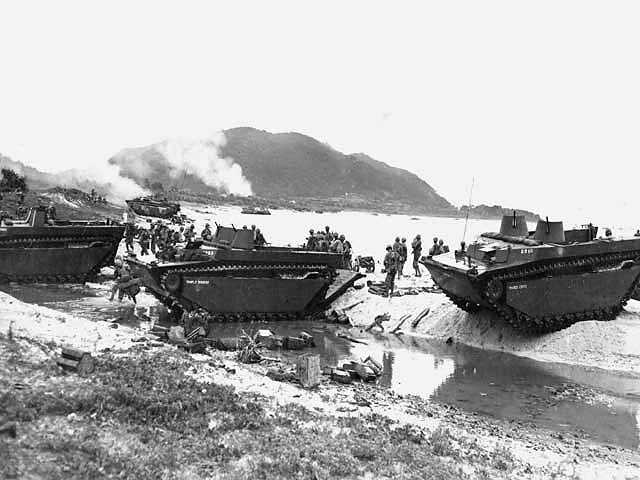
| Year | December 1944 |
| Vehicle Type | [@type] |
| Origin & Designer | [@designer] |
| Numbers Produced | 8.348 |
| Crew | 3 + 30 Troops |
| Main Armament | 2 x .50 cal M2HB Heavy Machine Guns |
| Main Armament | [@sponson_traverse] |
| Elevation | [@elevation] |
| Turret Traverse | [@turret_traverse] |
| Gun Traverse | [@gun_traverse] |
| Gun Mount | [@gun_mounts] |
| Maximum Range | [@maximum_range] |
| Armour Penetration | [@armour_penetration] |
| Gun Sight | 7.95m |
| Secondary Armament | 2 x .30 cal M1919A4 Machine Guns |
| Smoke Discharger | [@smoke_discharger] |
| Ammunition Carried | 420 x .50 cal & 6000 x .30 cal |
| Height | 2.50m |
| Width | 3.25m |
| Length | 7.95m |
| Combat Weight | 16.500 kg |
| Ground Clearance | 0.46m |
| Fording Depth | Floats |
| Trench Crossing | 1.50m |
| Obstacle Clearance | 0.91m |
| Climbing Ability | 31° |
| Radio | SCR 508/528 |
| Armour | (Applique Armour Optional). Upper Hull Front: 13mm. Lower Hull Front: 6.5mm. Machine Gun Shields: 6.5mm. |
| Engine | Continental W-670-9A (Petrol) |
| Transmission | 5 Forward & 1 Reverse |
| Maximum Road Range | 150 miles (240 km) |
| Maximum Cross Country Range | [@maximum_cross_country_range] |
| Maximum Water Range | 50 miles (80 km) |
| Maximum Road Speed | 25 mph (40 kph) |
| Maximum Cross Country Speed | 15 mph (24 kph) |
| Maximum Water Speed | 7.5 mph (12 kph) |
| Variants | [@variants] |
| Notes | Designed by FMC, the LVT-4 had the engine moved to the front of the vehicle. It also had a rear door added and could carry up to 30 troops. It was produced in larger numbers than any other LVT variant issued in World War Two. The LVT-4 first saw action at Saipan in 1944 and later in the Korean War. |